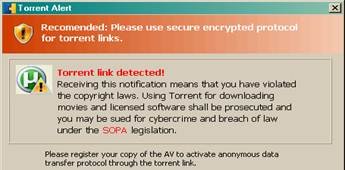ANU puts quantum random numbers online
Last year, Oxford university demonstrated the use of quantum fluctuations to generate random numbers. Now, the Australian National University has gone a step further – putting its quantum-generated random numbers online.
“Vacuum noise” is one of those “couldn’t possibly be true, except that it is” characteristics of quantum mechanics. Knowing for certain you have an absolute vacuum with nothing inside it violates various refinements of Heisenberg’s uncertainly principle; the universe protects uncertainty by giving rise to virtual particle-antiparticle pairs that mutually annihilate.
And for researchers also know, this can be a pain in the neck for researchers working at quantum scales – so that it creates measurable interference in devices like gravity wave detectors.
It is, however, very useful for applications like cryptography.Since the vacuum fluctuations are completely random, this area of physics is keenly researched to develop better random number generators, with a number of different approaches trying to exploit the strangeness of the quantum universe.
Team member Dr Thomas Symul explains: “Vacuum noise is one of the ultimate sources of randomness because it is intrinsically broadband and its unpredictability is guaranteed by quantum theory. Because of this, we are able to generate billions of random numbers every second.”
The ANU table-top random number generator looks for the impact vacuum fluctuations have on light beams. A laser source is split, and the power in each beam is measured.
“Because light is quantised, the light intensity in each beam fluctuates about the mean”, the university explains. The ultimate source of that noise is quantum fluctuations – the brief, evanescent lives of virtual particles.
And the ANU is putting its random numbers where its mouth is, at this site. Users can stream random numbers in hex, binary, or encoded as RGB colours.
Anybody downloading random numbers from the site, the ANU says, will receive a unique sequence different from all other users.
The university is now working with an Australian company, QuintessenceLabs, to commercialize and miniaturize its research to give users a thumb-drive-sized quantum random number generator of their own.
ANU’s work is published in Applied Physics Letters, abstract here. ®
Article source: http://go.theregister.com/feed/www.theregister.co.uk/2012/04/15/anu_quantum_random_number_generator/

